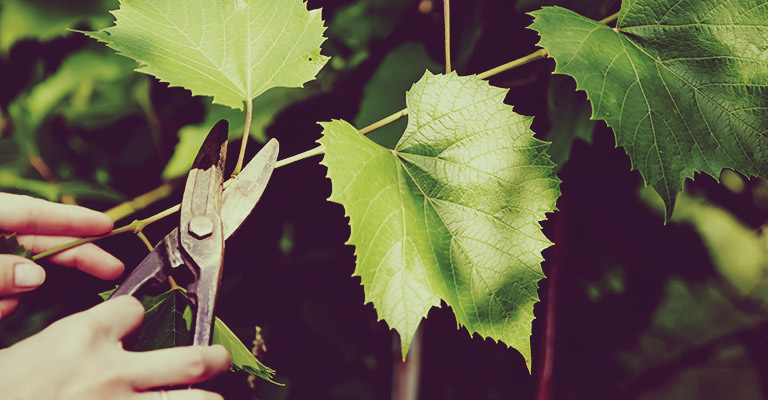
Pruning trees and shrubs isn’t a lot of fun, but most gardeners accept it a regular task that keeps trees and shrubs healthy and attractive.
Take your time, do the job right, and keep in mind that a rushed or haphazard pruning job may cause damage that lasts for years. Before you head out to the garden with saw in hand, consider basic do’s and don’ts of pruning trees and shrubs.
Do’s:
Use the right tools for the job. Pruning trees and shrubs requires not only good quality pruning shears and hand pruners, but you may also need hedge shears, hand saws, pole saws or lopping shears. If you have big jobs and you know what you’re doing, a chain saw may be a wise purchase.
Keep your tools clean and sharp, as a dull cutting tool can tear plant tissues and introduce disease and pests. If disease is a concern, wipe tools with a disinfecting cloth between each cut, or dip the tool in a solution of 9 parts of water to 1 part of household bleach.
Do your homework and know the proper time for pruning your particular trees and shrubs. While many trees and shrubs should be pruned before new growth appears in spring, some are best pruned in late spring or early summer, while others may require pruning in autumn or early winter.
Dress appropriately. Wear long sleeved shirts, long pants, sturdy gloves and safety glasses.
Make angled pruning cuts to prevent an unhealthy buildup of moisture.
Don’ts:
Don’t prune if it isn’t needed, and don’t prune excessively. Good reasons to prune trees and shrubs include dead or dying growth, unhealthy growth patterns such as crossing branches, or when pruning improves the health or appearance of the tree.
Don’t remove more than 25% of growth during a single growing season, even on young trees and shrubs.
Don’t prune trees and shrubs the first year, unless you need to remove dead, damaged or broken branches. New plants are already dealing with a considerable amount of stress.
Don’t take on a complex pruning job unless you know exactly what you’re doing. Never prune trees located near power lines. Never use a chain saw on high spots that require a ladder. Leave complicated or dangerous pruning jobs to the pros.
Don’t apply sealing products or patches after pruning. Healthy trees and shrubs have natural defense mechanisms to heal and protect against diseases and pests.
Do not prune your trees and shrubs early in the fall. Fall is coming, and it's time to tidy up the garden and the shed. Many people also think it's a good time to prune trees and shrubs, but know that doing it at this time of the year is not recommended. In fact, you should wait until they have entered the dormant phase. Usually, this occurs once the leaves have fallen, that is, late in the fall, depending on your hardiness zone.
Here is why it's not a good idea to prune trees and shrubs before all the leaves have fallen:Here is why it's not a good idea to prune trees and shrubs before all the leaves have fallen:
There is, however, an exception to the rule: if you must remove dead, diseased or damaged branches, you can do it in the fall. It is important to take precautions, and if you feel like it's dangerous, do not hesitate to call a professional.
It is recommended to wait until all of the leaves have fallen. This way, you can more easily see the structure of your tree or shrub, which facilitates pruning.
Subscribe to our newsletter to receive our gardening tips, news and more directly in your inbox! Fill in the form below. Please note that fields with an * are required.